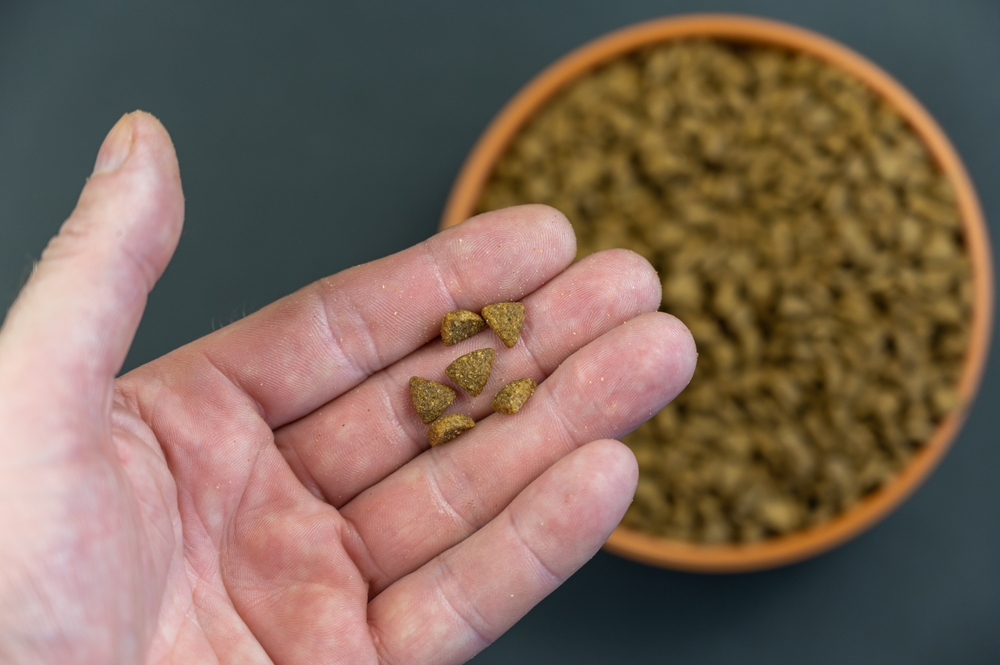Allergy season can be incredibly frustrating for people and their pets. Allergy sufferers often cannot wait for the pollen count to drop so they can find relief from their itchy, watery eyes and runny nose. Many pets are similarly uncomfortable, but although they can also experience seasonal allergy flares, they typically suffer in different ways. One common myth is that pets’ allergy signs are similar to those in people, but our Wellness Animal Hospital team is here to debunk that, and other, myths. Read on to learn the truth about allergies in pets.
Myth: Pets display the same allergy signs as people
Truth: Because people with allergies sneeze and have watery eyes, they expect their allergic pet will do the same. However, a pet’s allergies manifest in their skin, meaning that your pet is much more likely to have itchy skin than itchy eyes, although upper respiratory signs (e.g., sneezing, watery eyes) are possible. Pets with allergies may show the following signs:
- Red, inflamed, irritated skin
- Excessive licking, chewing, and scratching
- Scabs
- Head shaking
- Paw licking
- Anal gland problems, shown by scooting along the floor
- Ear infections
- Skin odor
- Hot spots
- Dandruff
- Hair loss
Pets with food allergies may also have vomiting and diarrhea, but typically their signs include itchy paws and ears, while pets with flea allergies will display the classic signs of hair loss and scabs along the tail and hind end.
Myth: Pets are most commonly allergic to their food
Truth: One popular misconception is that food is the main culprit of allergies in pets, but true food allergies are rare, and environmental and flea bite allergies are much more common in pets. Environmental allergies can be further broken down into:
- Contact allergies — These occur when your pet contacts a substance that causes irritation, like cleaning chemicals or fabrics.
- Inhalant allergies — Inhalant allergies consist of many of the same allergens that trigger allergies in people, including pollen, dust, dander, and mold.
Flea bite allergies are the next most common pet allergy type, with only a few fleas causing serious discomfort. Pets with a flea bite allergy have a hypersensitivity to the protein in flea saliva, so year-round flea prevention is a must.
Myth: Diagnosing the cause of a pet’s allergies is easy
Truth: While spotting an allergic pet’s signs may be simple, knowing what is triggering the scratching and chewing is a different matter. Diagnosing allergies can be tricky, because pets are often susceptible to a multitude of allergens. For example, a pet may have flea allergies, as well as allergies to grass pollen, dust mites, and chicken. Each allergy type is diagnosed differently.
- Flea allergies — These are often easy to identify in pets because flea dirt is present.
- Environmental allergies — These can be diagnosed via blood or intradermal skin testing.
- Food allergies — The only way to diagnose food allergies in pets is through a six- to eight-week food trial, when the pet must be fed only a hypoallergenic, novel protein, or hydrolyzed diet. Then, the possible allergen, such as chicken, is reintroduced, and a reaction confirms the chicken allergy. However, this dietary trial is time-consuming, because each potential allergen must be tested. When multiple allergies become intertwined, determining the true culprit can be frustrating for pet and owner alike.
Myth: Antihistamines can effectively treat a pet’s allergies
Truth: Since allergic pets typically do not develop upper respiratory signs, antihistamines are largely ineffective. They may make a pet sleepy, which may seem to have improved their itching, or they may help dry up sneezing. However, other therapies that combat an allergic pet’s itchiness more successfully include:
- Corticosteroids
- Medicated shampoos, wipes, and ointments
- Skin supplements
- Prescription diets
- Ear cleaners and medications
- Targeted anti-itch medications
- Immunotherapy
Myth: A grain-free diet will help alleviate your pet’s itchiness

Truth: Food allergies in pets are rare, but allergies to grains are more rare. A pet’s food allergy is most likely because of a protein, such as chicken, beef, lamb, dairy, or soy. Some pet owners have seen their pet improve after being switched to a grain-free diet, but that is because the food is higher quality, or contains a novel protein, such as salmon. An increase in omega-3 fatty acids, more healthy fats, and a different protein can make a difference, but will not truly solve a pet’s allergies. In addition, an FDA investigation into the potential link between grain-free diets and heart disease in dogs is ongoing, so ask your Wellness Animal Hospital veterinarian about an appropriate diet for your pet before choosing grain-free.
Many myths abound about allergies in pets, which can make determining what will be most effective at helping your itchy pet find relief a challenge. Turn to your trusted Wellness Animal Hospital team for answers about allergies in your pet by scheduling an appointment with us as soon as possible, because spring—and allergy season—is here.







Leave A Comment